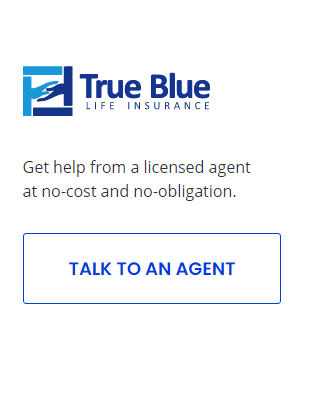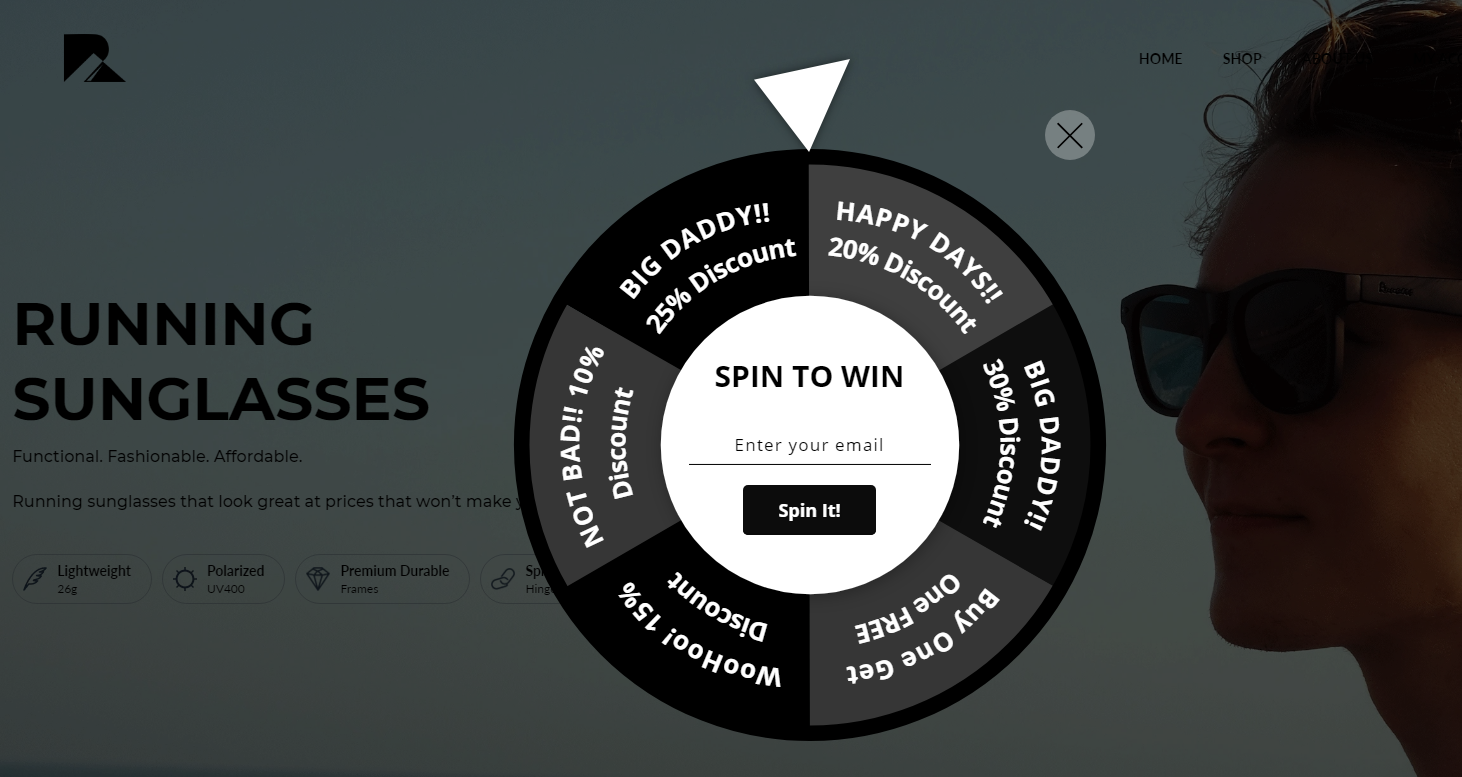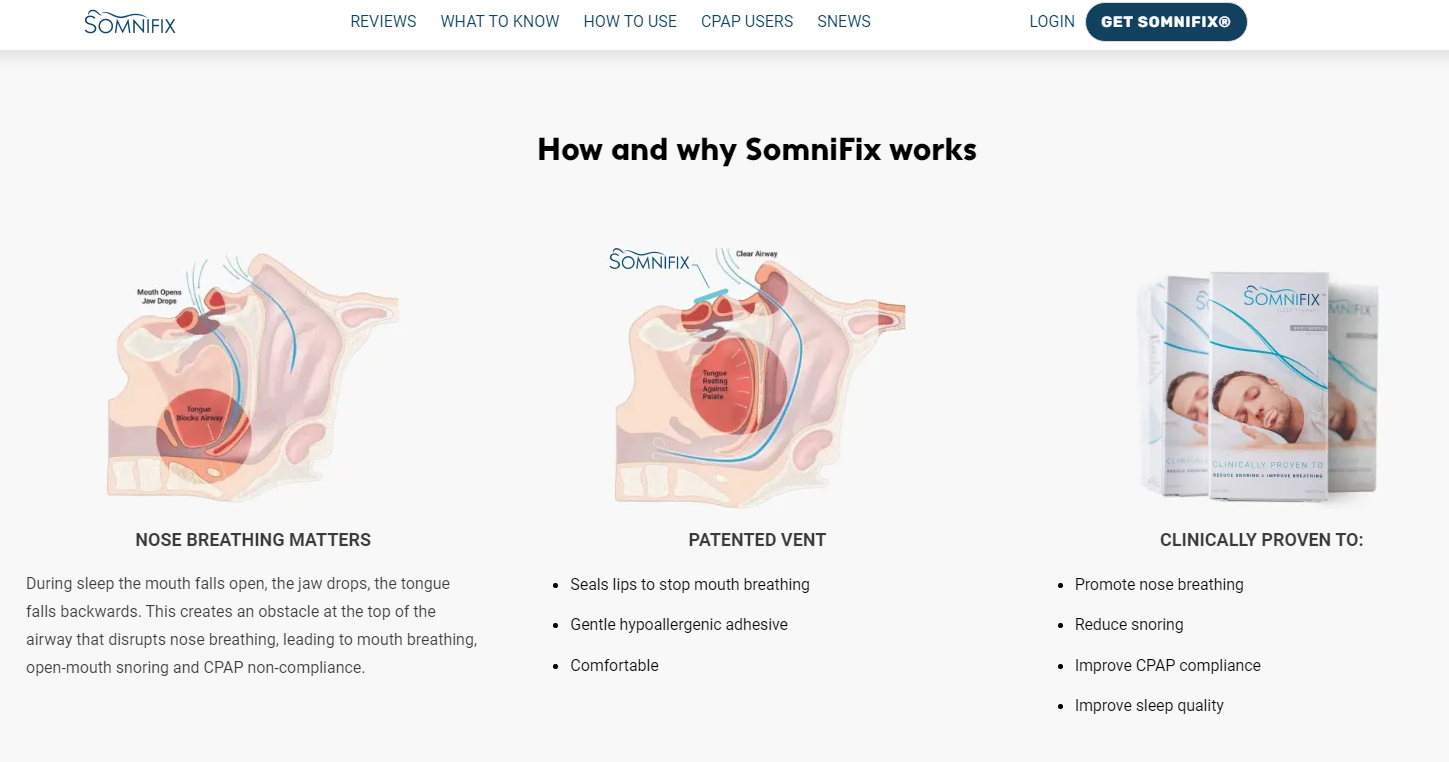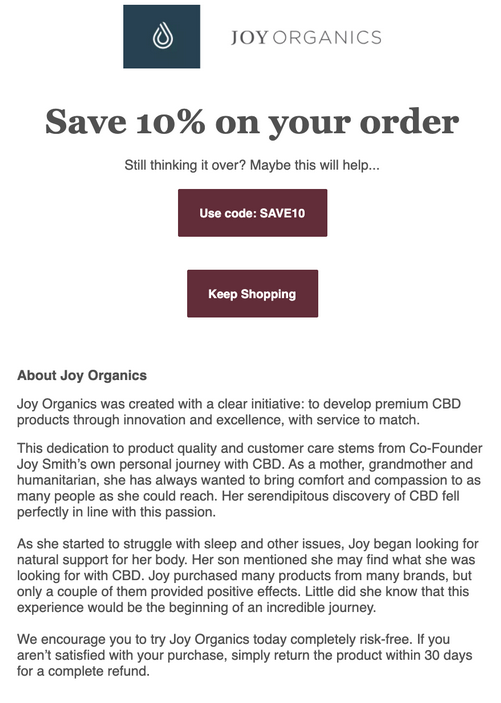Businesses and companies need two things to grow.
The first is a means and plan for servicing their existing customers to keep them loyal.
But another requirement that is just as important, if not more so, is a means of acquiring new customers.
While it is possible to upsell existing clients, true growth can only be realized when businesses gain new clients.
Most organizations have the ability to generate leads, but having a lead doesn’t automatically translate into a sale. Regardless of how large a sales funnel an organization has, only a certain percentage is going to translate into actual clients and consumers.
Potential customers will only transition to actual customers when brands spend time and invest in their needs and wants.
Lead nurturing at various stages of the sales funnel is the process of building this relationship.
Why Does Lead Nurturing Matter?
Businesses know that moving directly from lead generation to purchasing is difficult. Organizations need to gradually ease themselves into their consumer’s life.
You cannot immediately pitch your product or service the first time you meet.
Rather, you have to slowly get to know them and understand what their needs and requirements are.
Earlybird, for example, does this by getting customers to join their waitlist. As an incentive, they offer them a $15 investment credit to get started.
The simple truth is that not all leads convert and in many organizations, 80% of leads fall by the wayside. However, for those companies willing to invest the time and effort in these early stages, the returns can be quite large.
In fact, not only are these organizations able to generate more sales, the sales themselves are larger in scope.
Simply put, the time spent nurturing leads is well worth the investment.
Creating a Lead Nurturing Campaign
Using email as a way of nurturing leads is one of the best ways to create a repeatable, automated engine that can help drive buyers.
By creating triggers at specific touchpoints on the user journey, it’s possible to send out targeted and personalized emails, automating your business and improving your ROI.
These personalized emails can use the data and information you’ve compiled, helping to save significant time and effort as clients transition through the sales funnels here are some sales funnel tools.
To create an email lead nurturing campaign, it’s important to consider the following areas.
1. Understand Your Goals
The first stage of any email lead nurturing campaign needs to be understanding your goals and objectives.
Are you attempting to gain interest in a new product or product offering? Or are you looking to keep existing clients or gain new ones?
Each of these goals has different funnels with unique CTAs at each stage.
2. Audience Segmentation
Within your funnel, you need to be targeting people with the same messaging at the same step in the buying process. If messaging isn’t appropriately targeted, it is possible that people at different stages will get the information they aren’t ready for.
For example, sending a Call To Action (CTA) to a lead at the top of the funnel is less likely to pay dividends in comparison to someone further down the funnel.
When segmenting customers, try to understand their pain points and what goals they are trying to fulfil.
True Blue, for example, knows that buying life insurance can be difficult. By creating different journeys based on the client’s needs and wants, they can direct them down different paths.
By lead scoring prospects based on-site visits, information downloads, blogs read, and more, it’s possible to gain a better insight into how likely they are to continue down the funnel.
The more engagement you’re able to entice, the more likely they are to become a customer.
3. Entice Them Onwards
Think of lead nurturing as a process.
To keep your prospect moving down the funnel, you need to entice them with something. Remember, their time, attention, and contact details are valuable commodities.
A good example of this is the LFA Capsule Fillers. They offer a free ebook to individuals that subscribe to their newsletter service.
By doing this, they not only provide information about their product but also start the process of building a customer profile that they can send targeted messages to in the future.
Enticements aren’t restricted to ebooks. Another excellent option is the use of coupons, as demonstrated by runner athletics. When you navigate to their site, a wheel pops up allowing you to spin to win. This not only provides a monetary service in the form of discounts, but it adds elements of gamification in there as well.
The uptake on this financial reward can be tracked and analyzed to determine the value of the campaign and its overall performance.
It’s important to remember that just because a prospect has given you their email, it does not automatically imply they are interested in purchasing. If you jump straight to the CTA stage, you’ll end up losing them.
Instead, send links that include more information in the form of a landing page and let them know more about your product or service.
The right landing page shouldn’t only clearly define your purpose, but also your ideal audience.
You can see this in action on the landing page for Best Value Schools, which explains in a few words that their service is all about helping their users compare and find the best school suited to their needs.
Future students, and, in the end, potential customers can very quickly gain an understanding of everything they need to know in one glance.
With new prospects, a drip-fed slow approach is key, instead of overwhelming them with deals, offers, and purchase requests.
4. Nurturing on Autopilot
By using email marketing automation, you can accelerate the process of your lead nurturing dramatically.
Your email marketing campaign can include links to blog posts and videos, answers to common FAQ questions, and more. The purpose of this campaign is to make sure that you stay at the top of their list at all times.
However, don’t just email blindly. Each email sent needs to be purposeful. There should be a clear product plan that shows how the email will help move the prospect onward.
In the early stages of the funnel, education and information are absolutely vital.
This principle is ably demonstrated by Somnifix with the inclusion of details from their newsletter on a landing page.
With lead nurturing emails, try to build a sequence of events as follows:
- Pain: What issue or problem are you trying to address? Help your prospect understand that you’re familiar with their pain and they aren’t alone.
- Keep them eager: While you’ve stated that you have a solution, you don’t want to immediately share it with them. Instead, keep them interested by delaying the reveal.
- Talk about the pros: Explain what the benefits of the product are and how it will address their pain points directly. Provide proof, ideally with real-world examples.
- Get them to buy: Your final CTA will be the one that entices them to make the purchase. This is what everything else has been leading up to as prospects move further down the funnel.
With email automation, you can schedule messages to go out at regular intervals, or when specific milestones are reached. For example, if they’ve already downloaded the ebook, the following CTA could offer a video demo.
Try to avoid spamming prospects, as that will get your emails relegated to the spam folder. Instead, make sure each email is well thought out and targeted.
5. Turning a prospect into a customer
With an email lead nurturing campaign in place, your marketing becomes automated.
Internal teams don’t have to manually spend time with each prospect. Instead, they’ll receive targeted information that will gradually move them from prospect to customer.
Not only will this save your organization massively on time, but it’ll also help drive revenue, which improves your bottom line.
While email lead nurturing campaigns are self-sufficient, they do need to be checked and updated regularly to make sure they are still effective.
Ensure that current content — blog posts, ebooks, videos and white papers — replace existing content to guarantee prospects get the latest information and materials.
Finally, the CTA. This is the final stage of your email nurturing campaign. You should consider everything you’ve learned about your prospect up to this point.
Joy Organics and their CTA buttons are a good example of this.
(Image Source)
As per the strategy employed by Joy Organics, each email tells a story, helping to build a relationship with their clients.
Conclusion
With competition increasing globally, customers have more options than ever before when choosing a product or service.
Not having a lead nurturing campaign is simply not an option. The price of not doing so is much too high.
Lead nurturing is an essential growth strategy that businesses need to embrace. Not only will it help keep existing accounts, but it will also increase sales and help businesses make more money.
With lead nurturing, while the end goal is making that sale or maintaining the customer, the way it is done is through the building of relationships.
Don’t expect an email to immediately lead to a sale. That isn’t (or shouldn’t) be your purpose right out the gate.
Rather, consider it an investment that will pay significant dividends in the longer term.

 (
(





I agree. That’s why some leads won’t convert into an actual customer it’s because they aren’t nurturing them enough to stay. Educating the leads, by giving them quality content to cater their needs is the perfect technique. I really like these overall 7 tactics. I think it’s very useful for people who’s doing online marketing like me.
Thanks for your comment Krizzia, glad we could help.